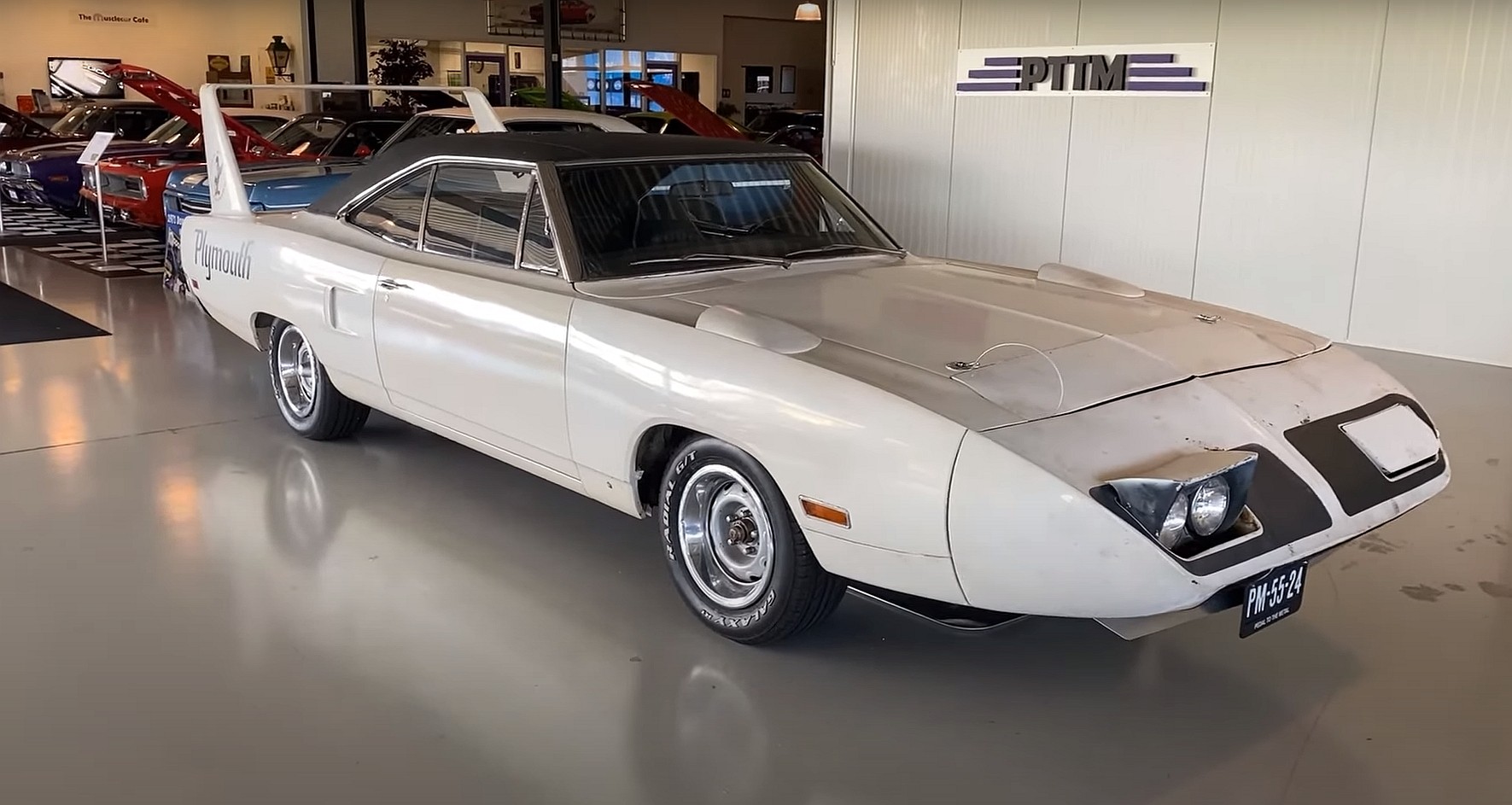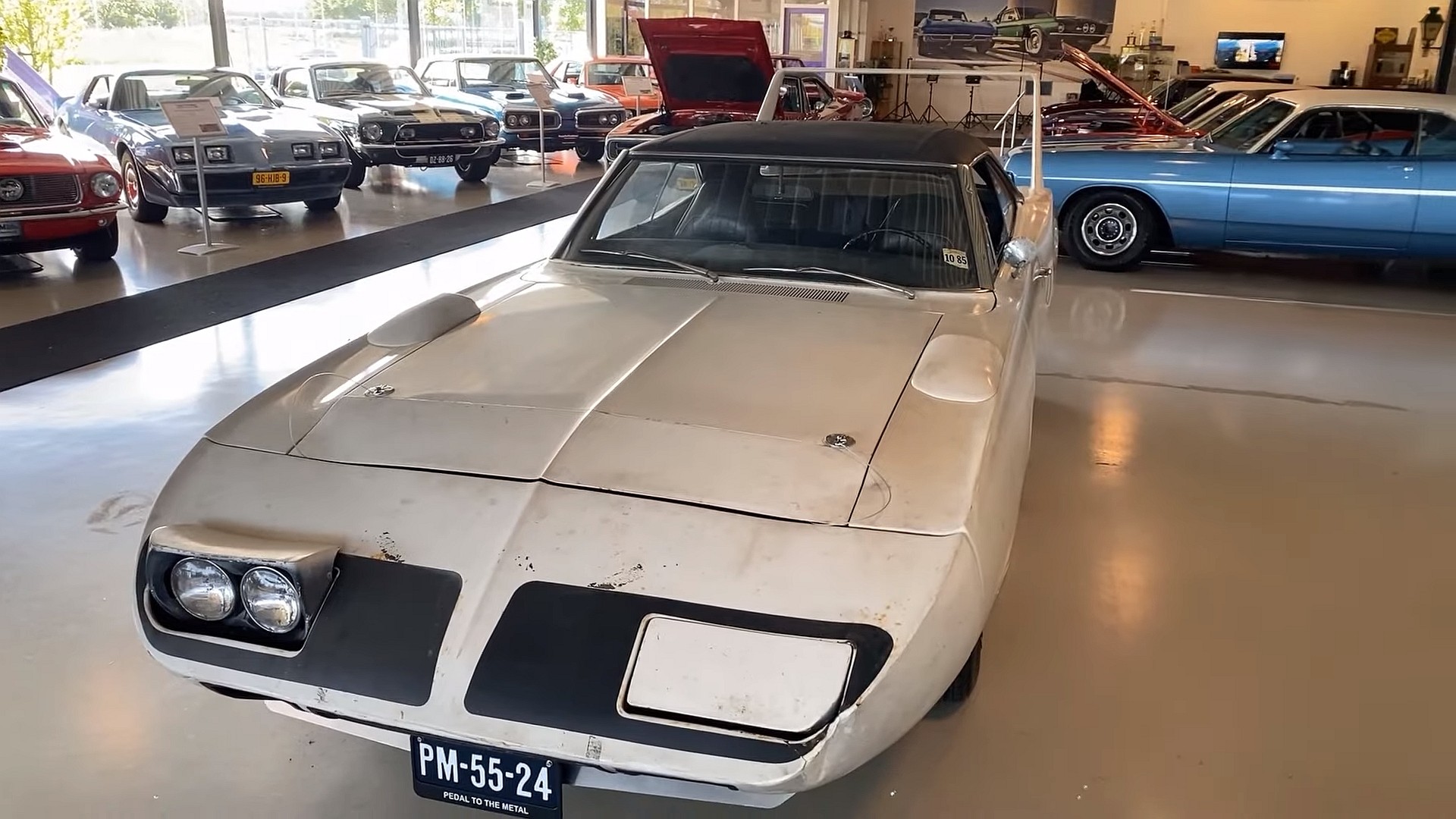Introduced in 1969, the Dodge Charger Daytona took the muscle car market by storm with a radical design that earned it the nickname “winged warrior.” Plymouth also wanted a piece of the NASCAR homologation action and followed with the Superbird in 1970. While essentially identical, the Mopar twins saw daylight in significantly different numbers.
Dodge, for instance, produced only 503 Daytonas, which was enough to meet NASCAR’s homologation requirements for 1969. However, the sanctioning company raised that number to one for every two manufacturer’s dealers in the US in 1970. This meant that Plymouth was required to build 1,920 examples. The company made 1,935 cars, almost four times more than Dodge did.
And this makes a big difference nowadays when the Daytona is viewed as the first and the rarest of the “winged warriors.” Granted, the HEMI cars are just as expensive regardless of the badge (some are worth more than $1 million), but the 440-powered Superbirds are generally viewed as more common and slightly less desirable than their Daytona counterparts. Unless we’re talking about unrestored and unmolested survivors, which are incredibly hard to find nowadays. The white Superbird you see here is one of those rare gems.

Retired from public roads for unknown reasons in 1984, this Superbird spent a whopping 39 years waiting for someone to fire it up again. And amazingly enough, not only is it still in one piece, but it appears to be rust-free and highly original.
Sure, the white body with black graphics combo isn’t the most appealing, but these Mopars are prone to develop rust during long-term storage, so the fact that the Plymouth survived in this condition is impressive. But of course, it’s safe to assume that it was kept in somewhat dry storage and got a lot of attention all these years.
Making things that much more exciting, it comes with quite a few features that make Superbirds highly desirable to “winger warrior” gearheads. It still has the dashboard VIN, the door sticker, the fender tag, and the rear fender decals. The owner also claims that all the sheet metal is original, as is all the glass.

Is it also a numbers-matching rig when it comes to the drivetrain? Yes, it is! Both the 440-cubic-inch (7.2-liter) V8 and the automatic transmission are the ones that came from the factory, and both have their original stamps to prove it. Moreover, the original carburetor is still present under the hood. And yes, the engine still runs!
Rated at 375 horsepower when new, the four-barrel 440 V8 was the base engine in the Superbird, slotting under the six-barrel 440 and the 426 HEMI. Yes, it is the most common of the three at 1,084 units built, but only 626 of these mills were paired to the automatic transmission. If we also factor in the options, this Superbird is not as common as it may seem. Speaking of which, decoding the VIN reveals that the “winged warrior” was specified with a transverse stripe delete and a bucket-seat interior in charcoal/black.
But here’s a somewhat exotic fact about this fine survivor. The Superbird is registered with Belgian plates and is for sale in the Netherlands. So if you’re living in Europe and you’ve been planning on getting a Superbird, this is a rare opportunity. Because only a few of these “winged warriors” made it across the ocean.
